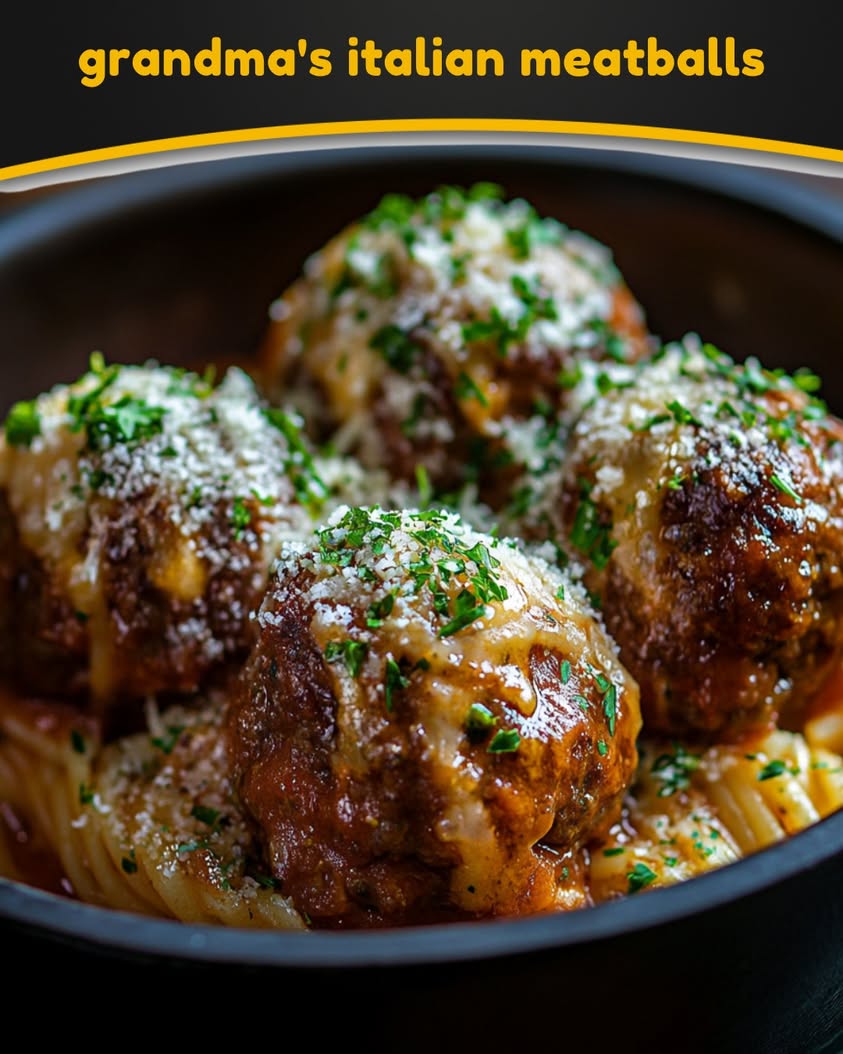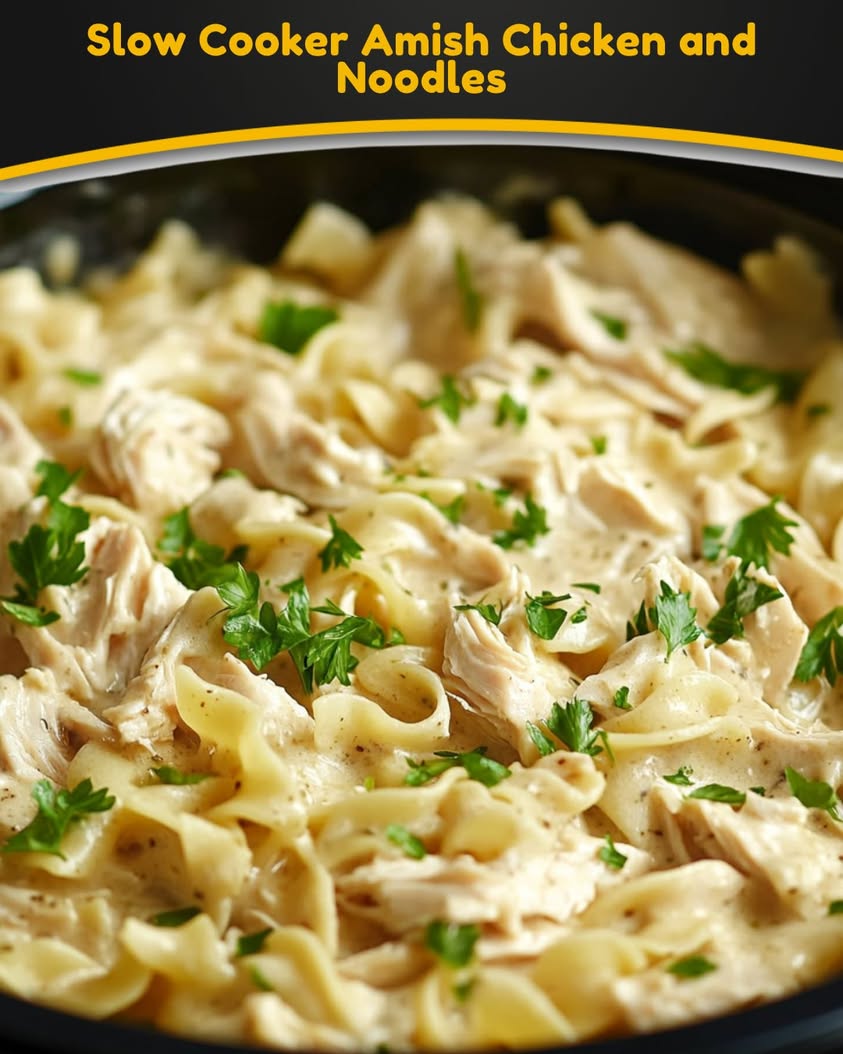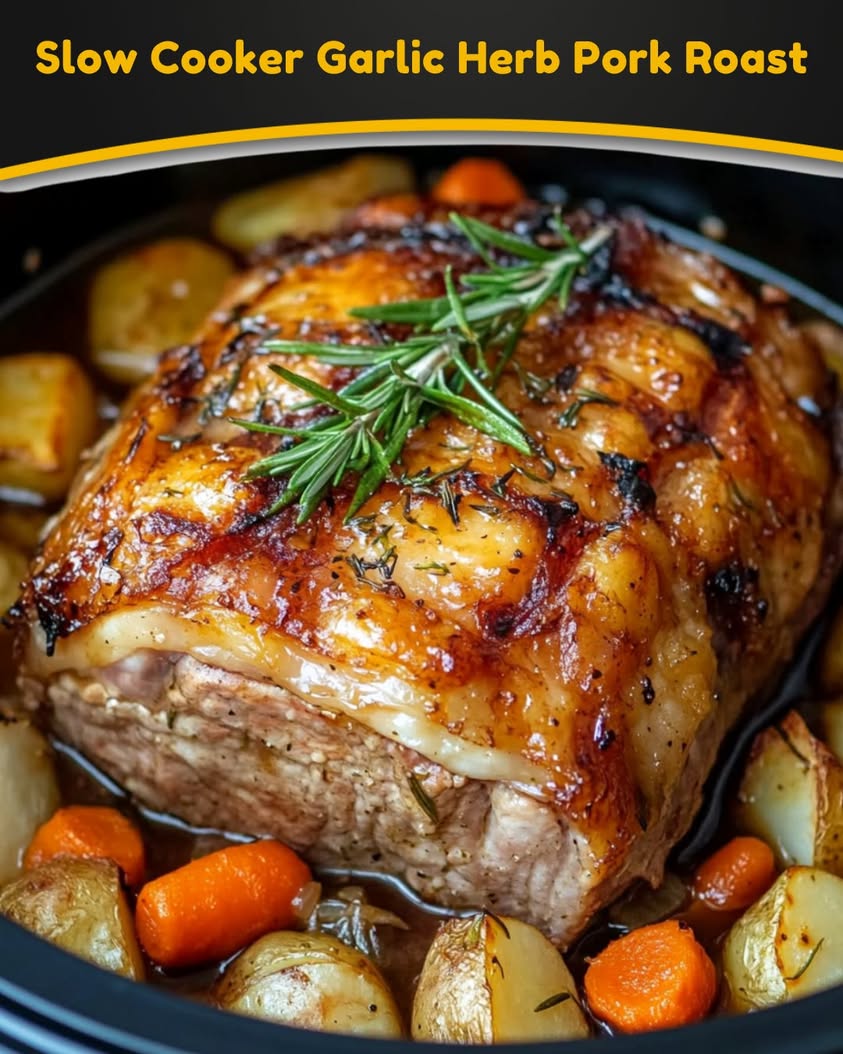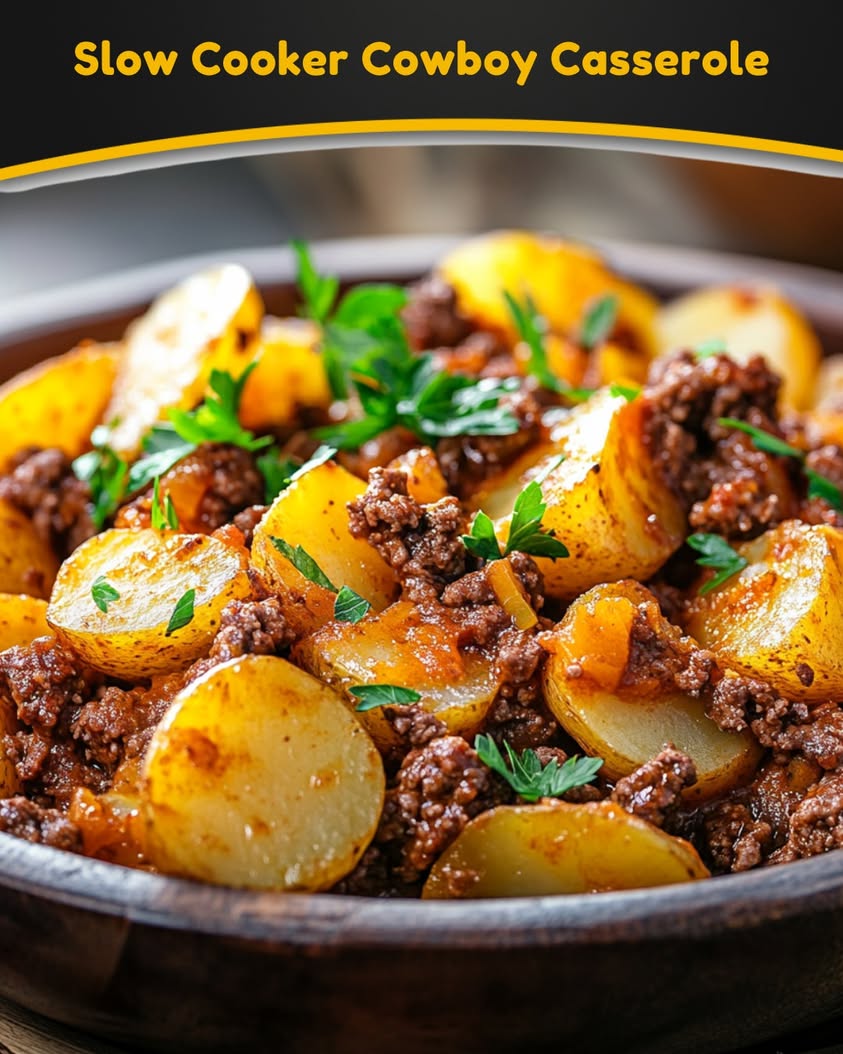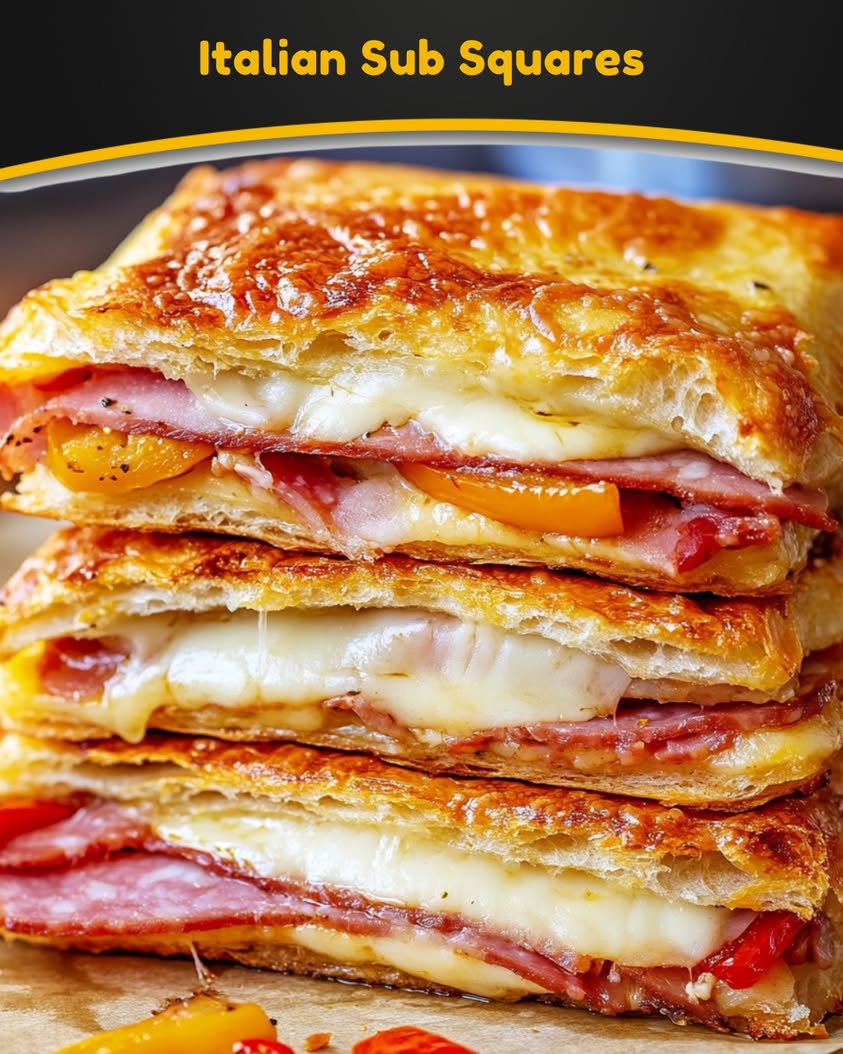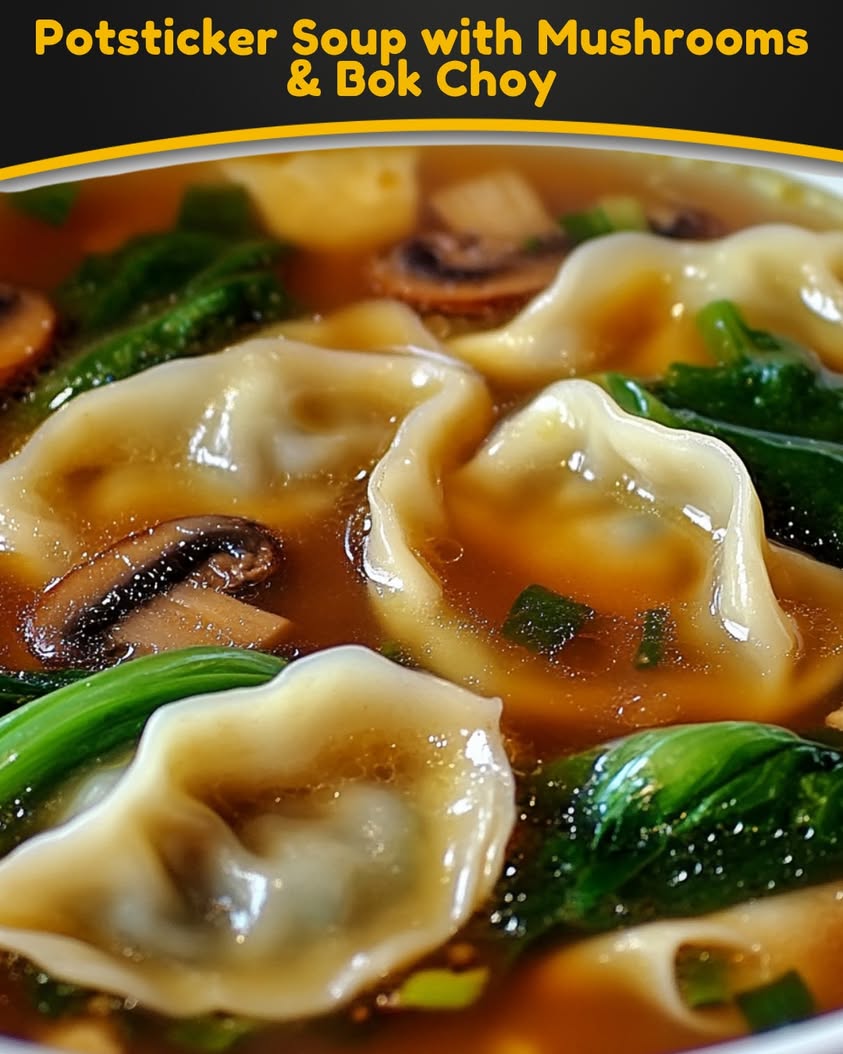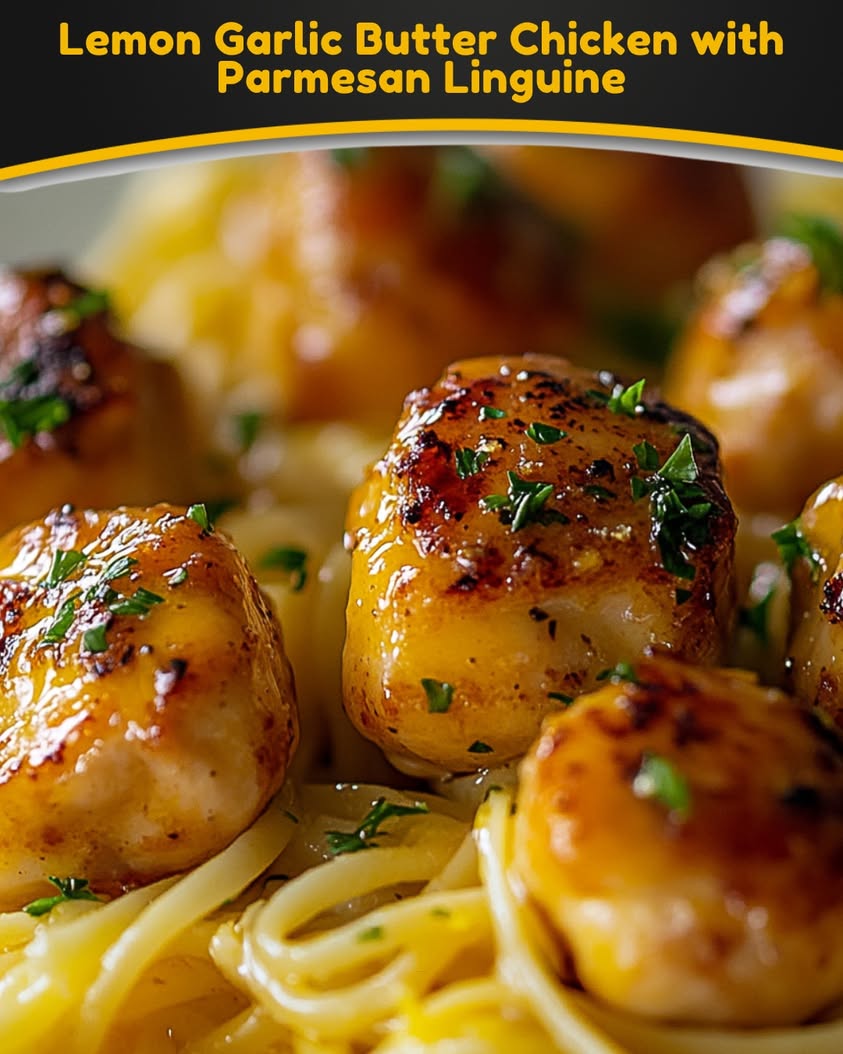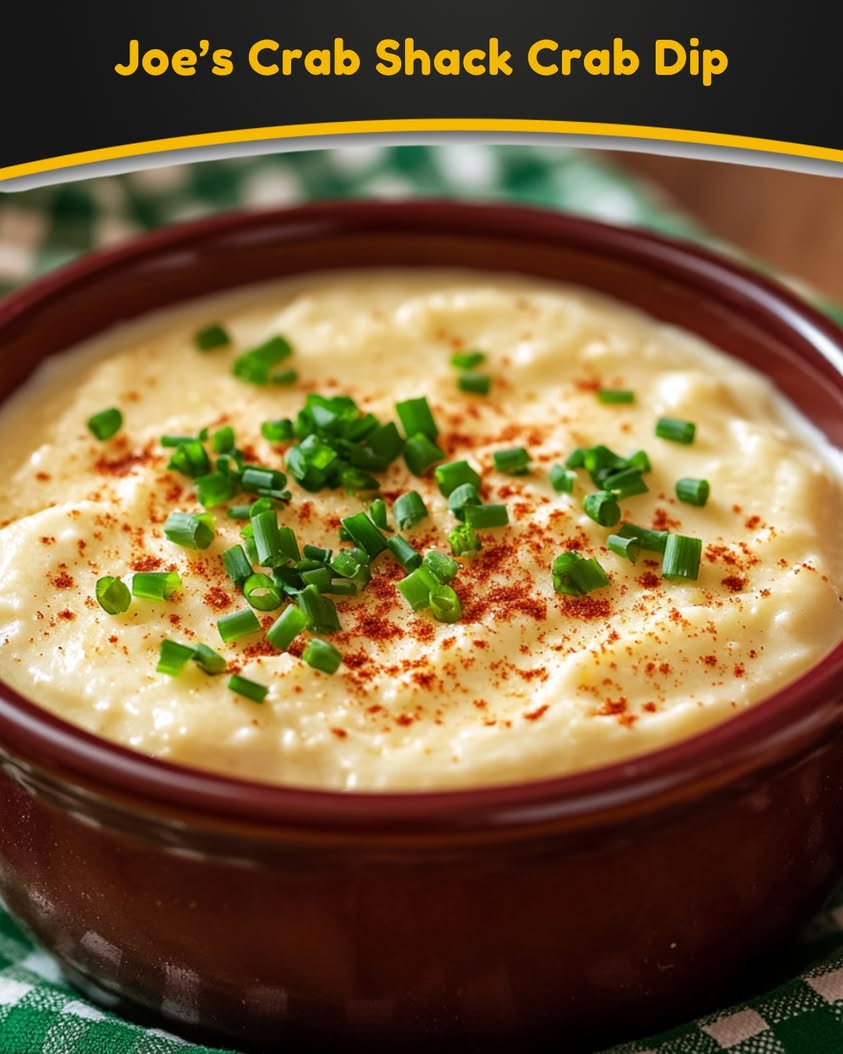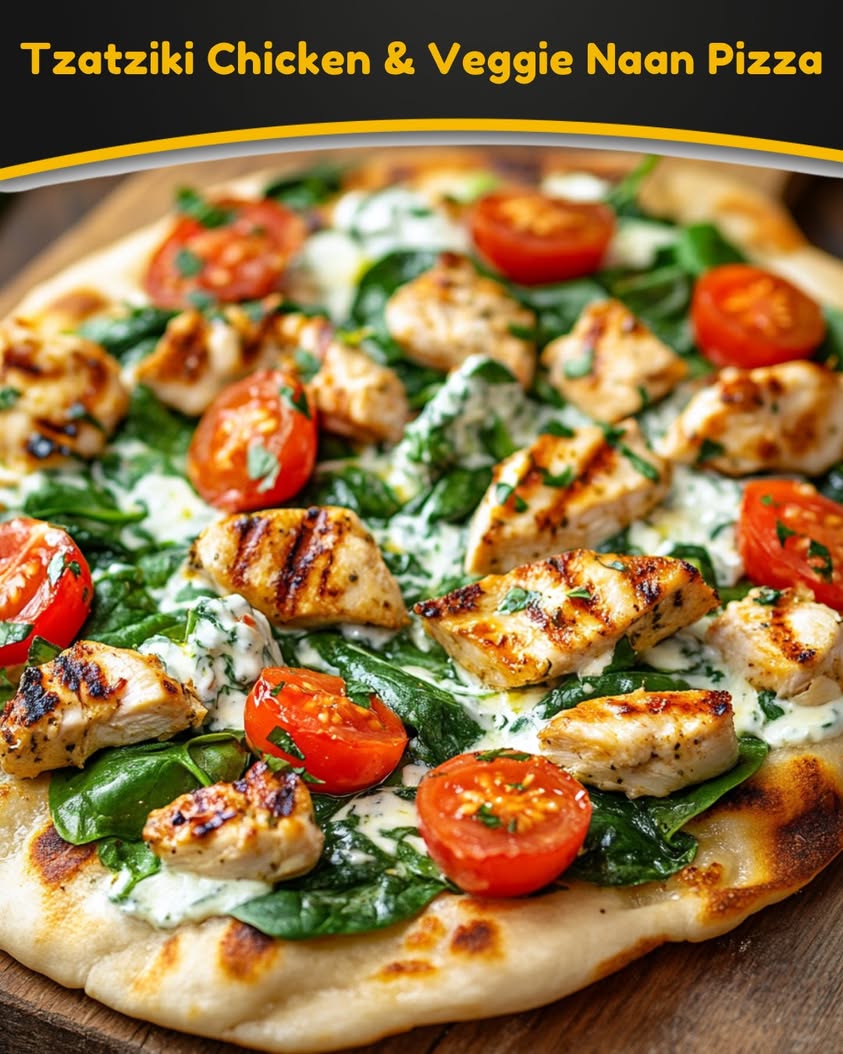Grandma’s Italian Meatballs: A Taste of Tradition
Grandma’s Italian meatballs are not just a meal; they are a heartwarming experience that captures the essence of home-cooked love. With each bite, you can taste the juicy, tender meat infused with fresh herbs and spices that take you straight to an Italian kitchen. These meatballs are rich in flavor and have a rustic simplicity that showcases the best of traditional Italian cooking. The beautiful aroma of garlic and basil wafting from the oven will have your family gathering around the table, eager to indulge in this comforting dish.
The deep, savory flavors of the meatballs are matched with a luscious tomato sauce that brings everything together perfectly. This dish is versatile—serve the meatballs with pasta, in a sub sandwich, or simply enjoy them on their own. It’s a recipe that is synonymous with gatherings, celebrations, and family dinners, making it a must-have in any home cook’s repertoire.
Quick Recipe Highlights
- Flavor Profile: Rich, savory, and slightly sweet from the tomato sauce, enhanced by aromatic herbs.
- Texture: Juicy and tender on the inside with a subtly crispy exterior that gives way to moist meat.
- Aroma: A delightful blend of garlic, fresh herbs, and simmering tomatoes that fills the kitchen with warmth.
- Visual Appeal: Golden-brown meatballs nestled in vibrant red sauce, garnished with fresh parsley for a pop of color.
- Skill Level Needed: Beginner to moderate; simple techniques yield delicious results.
- Special Equipment: Standard kitchen tools, including a mixing bowl, baking sheet, and skillet.
Recipe Overview
- Difficulty Level: With basic ingredients and straightforward techniques, these meatballs are manageable for beginner cooks, allowing them to hone their culinary skills while producing a classic dish.
- Category: Perfect for a comforting dinner, holiday gatherings, or even meal prep for the week ahead.
- Cuisine: Drawing from Italian culinary traditions, this recipe honors Grandma’s legacy with flavors that represent Italian comfort food at its best.
- Cost: Relatively inexpensive, using staple ingredients like ground meat, breadcrumbs, and herbs, making this recipe budget-friendly.
- Season: Ideal for any season; can be enjoyed in the winter for comfort or in the summer for backyard gatherings.
- Occasion: Great for family dinners, potlucks, and special occasions, making it a crowd-pleaser.
Why You’ll Love This Recipe
Grandma’s Italian meatballs will capture your heart with their delightful taste and texture. They are packed with flavor from ground beef and seasoned breadcrumbs, creating a juicy bite that melts in your mouth. The addition of garlic and fresh herbs elevates the taste, providing warmth and comfort in every bite. The luscious tomato sauce seeps into the meatballs, enriching them even further and ensuring they will be a hit with everyone at the table.
The convenience of this recipe also makes it a favorite for busy families. You can prepare the meatballs ahead of time, and they freeze beautifully, allowing you to eat delicious, homemade meals on your schedule. The straightforward preparation steps mean you won’t be spending hours in the kitchen, yet you’ll serve a dish worthy of a Sunday family dinner.
From a nutritional perspective, these Italian meatballs provide protein and essential nutrients, particularly when paired with a vegetable-rich side like a fresh salad or steamed vegetables. The recipe allows you to control the ingredients, avoiding preservatives found in store-bought options, making it a healthier choice for your family.
Socially, serving these meatballs fosters a sense of community, encouraging family and friends to gather and enjoy a good meal together. This dish is a perfect conversation starter, with stories and memories tied to Grandma’s kitchen, evoking warmth and nostalgia during every gathering.
Finally, cost-effectiveness stands out with this recipe. Using simple pantry staples, you can create a filling, satisfying meal for a fraction of the cost of eating out. This means you can share a hearty meal without breaking the bank, ensuring you have more opportunity to enjoy those special moments with loved ones.
Historical Background and Cultural Significance
The origin of meatballs can be traced back to various cultures, but they have a significant place in Italian cuisine. Meatballs began as a way to use leftover meat, promoting frugality and creativity in cooking during challenging times. Each Italian family has its unique recipe and traditions surrounding meatball preparation, often passed down through generations.
Culturally, meatballs symbolize comfort and love in Italian homes. They are often featured in Sunday dinners, where families come together for shared meals. This communal aspect amplifies the bond between loved ones, highlighting the importance of food as a nurturing force. Moreover, many Italian immigrants brought their heritage to new shores, adapting their recipes while maintaining the essence of their culinary roots.
As the recipe evolved, regional variations emerged, incorporating local flavors, herbs, and meats. From northern Italy’s use of veal to southern Italy’s focus on pork and beef, each variant tells a story of the land and people it represents. Today, meatballs are celebrated worldwide, appearing on menus in various forms, yet they always retain a connection to their Italian heritage.
Even in contemporary kitchens, the adaptation of traditional recipes keeps the culinary traditions alive. Families still find joy and warmth in the act of making meatballs, honoring their ancestors and creating new memories through this classic dish. Each bite of Grandma’s meatballs brings a taste of history home, reminding us of the stories that food can tell.
Ingredient Deep Dive
- Ground Beef: A staple in many cuisines around the world, ground beef has significant cultural importance in Italian cuisine. It contributes rich flavor and binding properties in meatballs, making them hearty. When choosing ground beef, opt for an 80/20 lean-to-fat ratio for optimal juiciness. Store it in the refrigerator for up to two days before cooking, or freeze for longer periods. Alternatives include ground turkey or chicken for lighter options.
- Breadcrumbs: Essential for texture and binding, breadcrumbs add a lovely crispness to the meatballs. Traditionally, stale bread is used, reflecting Italian resourcefulness. Nutritionally, breadcrumbs provide carbohydrates and can be made from whole grain for added fiber. Store them in a cool, dry place, and consider substituting with crushed crackers or oats for gluten-free options.
Common Mistakes to Avoid
- Overmixing the meat: Mixing the ingredients too vigorously can lead to tough meatballs. Gently combine using your hands, ensuring not to compact the meat.
- Skipping the resting phase: Allowing the meatballs to rest before cooking helps retain moisture. Don’t rush this step; give them at least 15 minutes.
- Drying them out when cooking: Overcooking meatballs in the oven or skillet can dry them out. Use a meat thermometer to ensure they reach 160°F without overcooking.
- Neglecting seasoning: Taste your mixture before forming the meatballs. This allows you to adjust seasoning levels to your preference before cooking.
- Crowding the pan: Cooking too many meatballs at once can lead to steaming instead of browning. Give them space to ensure they cook evenly.
- Rushing the browning process: Take time to brown the meatballs properly on all sides for a rich flavor. Rushing this step can lead to bland meatballs.
- Not using enough sauce: Ensure your meatballs are well-coated in sauce while cooking for maximum flavor. Add enough sauce to keep them moist.
- Using cold ingredients: Using cold meat can affect the texture of your meatballs. Allow the meat, breadcrumbs, and eggs to come to room temperature before mixing.
Essential Techniques
Pro Tips for Perfect Grandma’s Italian Meatballs
– Use freshly chopped herbs rather than dried for a more vibrant flavor.
– Soak the breadcrumbs in milk for an even moister meatball.
– For a flavor boost, add grated cheese like Parmesan to the meat mixture.
– Bake meatballs in the oven for even cooking and ease of cleanup.
– Taste the meatball mixture before cooking to adjust the seasoning.
– Allow meatballs to rest after baking before serving for maximum juiciness.
– Serve with crusty bread to collect extra sauce and flavors.
– Experiment with spice blends for a unique flavor twist.
Variations and Adaptations
You can adapt Grandma’s Italian meatballs in numerous ways to suit your preferences. Consider regional variations like adding Italian sausage for a spicier kick or using ricotta cheese to add creaminess. Seasonal adaptations could include incorporating shredded zucchini or carrots in the mixture for extra nutrition.
For dietary modifications, create a gluten-free version by using gluten-free breadcrumbs or oats instead. Vegans can substitute the meat with a mixture of lentils and walnuts, flavored with similar spices and herbs. Finally, try adding fresh herbs like rosemary or thyme for a distinctive flavor profile or mixing up the sauces by using pesto or barbecue sauce for a creative twist.
Serving and Presentation Guide
To present Grandma’s Italian meatballs beautifully, consider plating them on a rustic wooden board or elegant serving platter. Garnish with chopped fresh herbs, such as basil or parsley, for a pop of color. Serve alongside a bowl of marinara sauce for dipping, or nestle the meatballs on a bed of pasta, allowing the sauce to pool beautifully around them.
For a modern twist, stack the meatballs high on fresh polenta or in a crunchy sub with melted cheese for an Italian meatball sandwich. Temperature remains crucial—a warm serving dish will keep the meatballs at an enjoyable temperature. Adjust portion sizes by considering the overall meal; fewer meatballs can accompany heavier sides.
Wine and Beverage Pairing
Pairing the right wine with Grandma’s Italian meatballs can elevate your dining experience. A classic choice is Chianti, a red wine with enough acidity to complement the tomato sauce. Alternatively, consider a full-bodied Merlot or Zinfandel for a richer experience.
For non-alcoholic options, a sparkling water with a twist of lemon refreshes the palate. Herbal iced tea can also provide a unique flavor balance alongside the rich meatballs. If serving at a gathering, consider offering a variety of beverages to accommodate all guests, ensuring a delightful meal.
Storage and Shelf Life
To store Grandma’s Italian meatballs, allow them to cool completely before placing them in an airtight container. They can last in the refrigerator for up to three days. When freezing, portion them into freezer-safe bags for conveniences, such as pre-cooked meatballs that can be reheated quickly for a weeknight meal.
Always label containers with the date for tracking freshness. Signs of spoilage include an off smell or unusual texture. When reheating, ensure they reach an internal temperature of 165°F to ensure food safety, whether in the microwave or oven.
Make Ahead Strategies
Preparing Grandma’s Italian meatballs ahead of time is ideal for busy weeknights. Mix the meatball ingredients and form them into balls a day in advance; store them in the refrigerator until you’re ready to cook. Alternatively, freeze the uncooked meatballs for future meals, which allows you to enjoy them at any time without the hassle of preparation.
If you’re assembling a larger meal, you can make the sauce ahead of time and store it in the refrigerator or freezer. When it’s time to eat, simply heat the sauce and cook the meatballs, which will save time without sacrificing flavor. Fresh elements, such as herbs or additional garnishes, can be added just before serving.
Scaling Instructions
Halving Grandma’s Italian meatball recipe is simple—just divide each ingredient measurement in half. Keep in mind the cooking time may slightly decrease, so check for doneness midway through. Doubling or tripling the recipe requires attention to flavor balance. If cooking in batches, consider the size of your cooking equipment, as larger batches may need extended cooking time.
When scaling up, ensure you have enough oven space if baking them. Adjust the time accordingly if using different cooking methods; for instance, smaller batches may cook in a skillet faster. Lastly, be aware of storage considerations as doubling the recipe increases fridge and freezer space needed.
Nutritional Deep Dive
The macro breakdown of Grandma’s Italian meatballs centers around protein from the meat, carbohydrates from breadcrumbs, and fats due to the meat’s fat content. Incorporating ground turkey can reduce overall fat, while adding vegetables enhances the nutrient profile. The micronutrient analysis reveals essential vitamins and minerals, such as B vitamins from meat and fiber from any vegetable additions.
Health benefits include high protein content, boosting muscle repair and growth, while a balanced diet can support overall well-being. For portion analysis, consider serving two meatballs per person with plenty of sides, allowing for a satisfying meal without overindulgence. Weight management tips may include pairing meatballs with a salad for increased satiety.
Dietary Adaptations
Adapting Grandma’s Italian meatballs for specific dietary needs can make them accessible to everyone. For gluten-free modifications, use gluten-free breadcrumbs or oats, or skip breadcrumbs altogether and utilize finely chopped vegetables as binders. Those who enjoy dairy-free meals can substitute milk with a plant-based alternative and omit cheese from the meat mix.
For vegans, chickpeas or lentils blended with spices can offer an excellent protein source while maintaining flavor. Low-carb diets might benefit from embracing zucchini noodles and serving the meatballs on top as a tasty alternative to pasta. Furthermore, using turkey or chicken will cater to those on a lighter regime without sacrificing flavor.
Troubleshooting Guide
Texture issues can arise if meatballs feel too dense. Ensure you’re not overmixing your ingredients, as gentle handling yields a lighter result. If flavor balance seems off, reassess the seasoning levels; adding a pinch of salt or extra herbs can brighten the taste significantly.
Temperature problems like undercooked meatballs may be avoided by using a meat thermometer; ensure they reach 160°F internally. If equipment challenges arise, consider an instant pot or slow cooker for consistent results if the oven isn’t available. For ingredient substitutions, familiarize yourself with compatibility—understanding how spices and herbs blend ensures a flavorful final dish.
Recipe Success Stories
Community feedback showcases how Grandma’s Italian meatballs bring people together. Readers often share their variations, such as adding spice blends that capture unique family tastes. Adaptation stories highlight families engaging in the cooking process, sharing cherished traditions inherited through generations.
Photography tips emphasize presentation, encouraging cooks to showcase their beautifully plated meatballs against fresh greens or alongside artisanal bread. Recipes from the blog inspire readers to host gatherings, creating opportunities for sharing meals and stories, enhancing the communal nature of this timeless dish.
Frequently Asked Questions
Q: Can I use other meats for this recipe?
A: Yes! Ground turkey, chicken, or even pork can be substituted for a different flavor profile.
Q: How do I know when the meatballs are cooked?
A: The best way to check is to use a meat thermometer; the internal temperature should read 160°F.
Q: Can I make these meatballs ahead of time?
A: Absolutely! You can prepare and freeze them for busy days or cook them in advance to reheat later.
Q: Is there a gluten-free option for this recipe?
A: Yes! You can replace traditional breadcrumbs with gluten-free breadcrumbs or ground oats.
Q: How are leftover meatballs best stored?
A: Cool completely, then store in an airtight container in the fridge for up to 3 days or freeze them for later use.
Q: What can I serve with these meatballs?
A: They pair beautifully with pasta, in a sub sandwich, or served over polenta. A side salad also complements them nicely.
Q: What is the best way to reheat leftover meatballs?
A: You can reheat them in the microwave or on the stovetop, ensuring they reach 165°F before serving.
Q: Can I cook meatballs in sauce instead of baking them?
A: Yes! You can simmer the meatballs directly in the sauce on the stovetop for about 30 minutes.
Q: What herbs can I add?
A: Feel free to experiment! Basil, oregano, and parsley all enhance the flavor beautifully.
Q: Can I use vegetarian meat alternatives?
A: Absolutely! Plant-based crumbles or lentils can work well as a substitute for meat.
Additional Resources
For those looking to expand their culinary knowledge, consider exploring other related recipes like traditional marinara sauce or spaghetti recipes. Technique guides on how to perfectly brown meat or make sauces can further enhance your skills. Ingredient information regarding herbs and spices can enrich your flavor wisdom, while equipment recommendations can support your cooking efforts, from good knives to reliable pans.
Additionally, seasonal variations allow you to adapt these meatballs according to fresh produce, creating a well-rounded array of flavors throughout the year.
Join the Conversation
We love hearing from our cooking community! Share your photography tips or favorite adaptations of Grandma’s Italian meatballs on social media. Your insights and reviews help others in their culinary journey. Join our community of cooks who appreciate making meal times special and engaging through recipe variations and shared experiences.
The Recipe
Grandma’s Italian Meatballs
Serves: 4 servings
Prep Time: 20 mins
Cook Time: 30 mins
Total Time: 50 mins
Kitchen Equipment Needed
- Mixing bowl
- Baking sheet
- Skillet
- Meat thermometer
Ingredients
- 1 lb ground beef
- 1 cup breadcrumbs
- 1/4 cup grated Parmesan cheese
- 2 cloves garlic, minced
- 1 egg, beaten
- 1 tsp dried oregano
- 1 tsp dried basil
- Salt and pepper to taste
- 2 cups marinara sauce
Directions
- Preheat your oven to 400°F.
- In a large mixing bowl, combine ground beef, breadcrumbs, cheese, garlic, egg, oregano, basil, salt, and pepper.
- Mix gently until just combined; do not overmix.
- Form the mixture into meatballs, about 1-2 inches in diameter.
- Place meatballs on a baking sheet lined with parchment paper.
- Bake in the preheated oven for 20 minutes or until golden brown and fully cooked.
- In a skillet, heat the marinara sauce over medium heat.
- Add the cooked meatballs to the sauce, simmering for an additional 10 minutes.
- Serve hot over pasta or on their own with crusty bread.
Recipe Notes
- For added moisture, soak the breadcrumbs in milk before mixing.
- These meatballs can be frozen for up to 3 months; just thaw before reheating.
- Feel free to customize the herbs to suit your taste.
